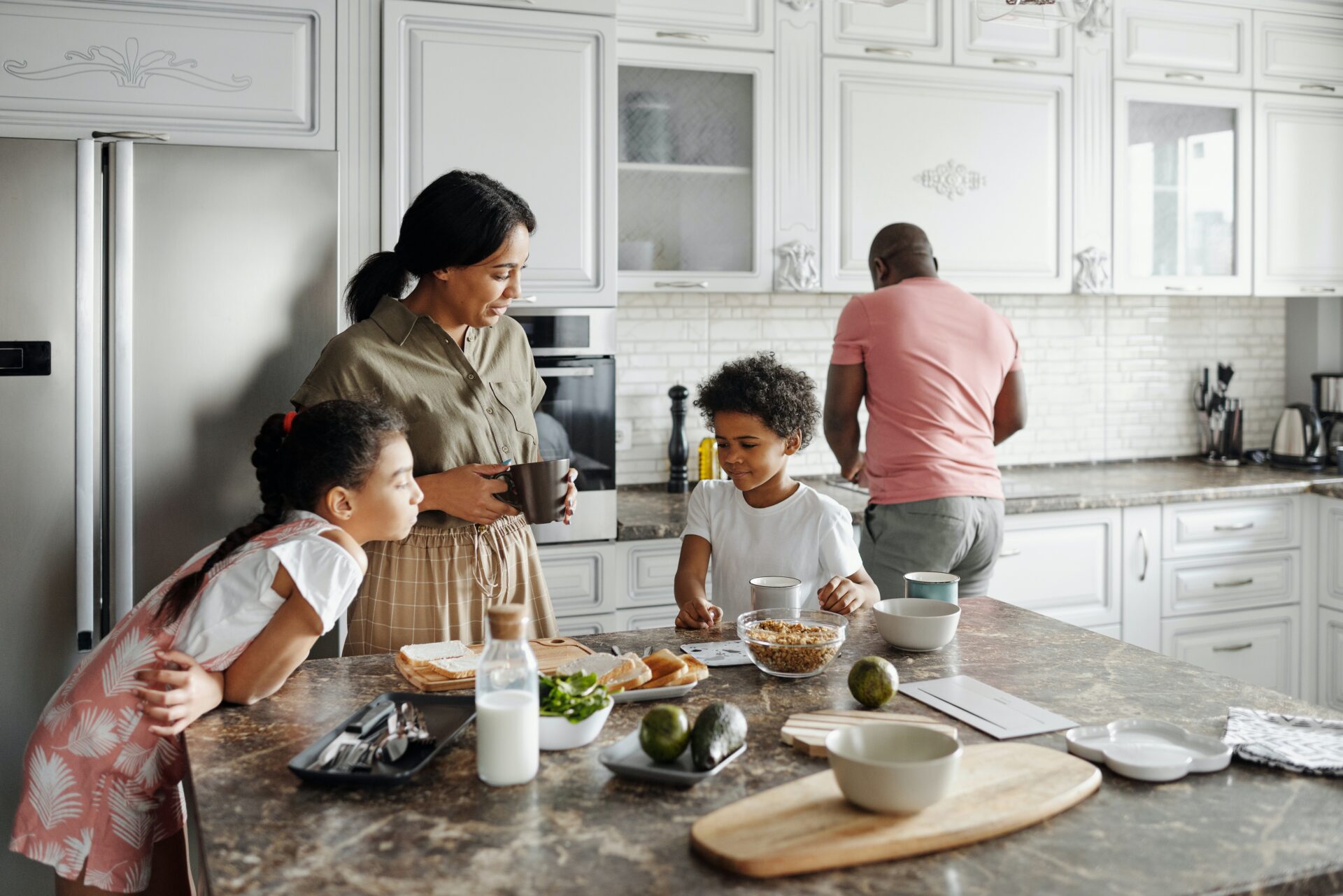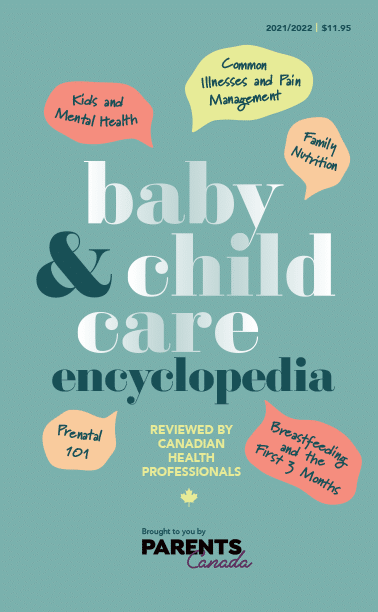Family Life
5 min Read
Developing Healthy Food Habits as a Family

November 3, 2021
Family Life
5 min Read

November 3, 2021

The role food plays in your life will evolve and change as your family does. When our children are babies, we spend so much time worrying about their growth and nutrition—are they getting enough at the breast? Is it okay to supplement with formula? When should they start solids? What should we introduce first?
But eventually, food can be a place where the family comes together. Once your kids are joining you at the table, mealtimes have the potential to bring joy, tradition and connection. Some of you might think, “Yes! I’ve waited forever for this!” but for others, especially those of you who didn’t grow up sitting around the table together, it might be a foreign concept. That’s okay. Either way, you can start whatever food habits and traditions you want with your own family.
Canada’s Food Guide is an excellent place to start when it comes to encouraging good food choices. If you’re picturing the Food Guide of the ‘80s, with the four food groups pie chart, it has come a long way. When it first showed up on the scene in 1942, there were six categories, which were whittled down to four and then eventually revamped to an “eat the rainbow” concept in the early 1990s. But in January 2019, another update introduced the idea of the balanced plate. So what does this mean? If you can picture a dinner plate, the current Canada’s Food Guide recommendations suggest aiming for filling half the plate with fruits and vegetables, a quarter with protein and a quarter with whole grain food choices. It’s that simple. Of course not all foods are created equal, even if they fit into the balanced plate approach, so there are a few other things to consider:
You can use the balanced eating approach with your kids from day one. Even toddlers will understand the plate visual, and when they go to school, dividing their lunch containers in the same way will allow them to transfer their knowledge about healthy eating to their everyday habits. (The hope is, teaching them early and reinforcing the message often will help these guidelines stick as kids grow into adulthood.)
The newest update of CANADA’S FOOD GUIDE also includes non-food related messages that can be combined with the balanced plate approach to help kids learn healthy habits:
- Be mindful while eating. Taking time to enjoy food and listen to your body’s cues will make eating an enjoyable part of the day, rather than just grabbing something quickly to fuel your body.
- Cook more often (and get your family involved!). Not everyone loves cooking but coming together to make family favourites will go a long way to improving your outlook on being in the kitchen.
- Eat with others. There are so many studies that suggest just sitting down to eat together is a practice that will help improve eating habits (as well as relationships!) without much other effort at all. This can be difficult for families with busy schedules, but even if you have to divide the family into a couple of sittings to fit with the week’s activities, eating with one or two others is better than eating alone.
Introduce nourishing meals at the family table at six months of age to help develop healthy eating habits for life. Visit thinkbeef.ca to learn more. Click HERE to get your FREE copy of the Baby & Child Care Encyclopedia by Parents Canada, courtesy of ThinkBeef.ca. This chapter has been made possible with the help and contribution of Canada Beef.
